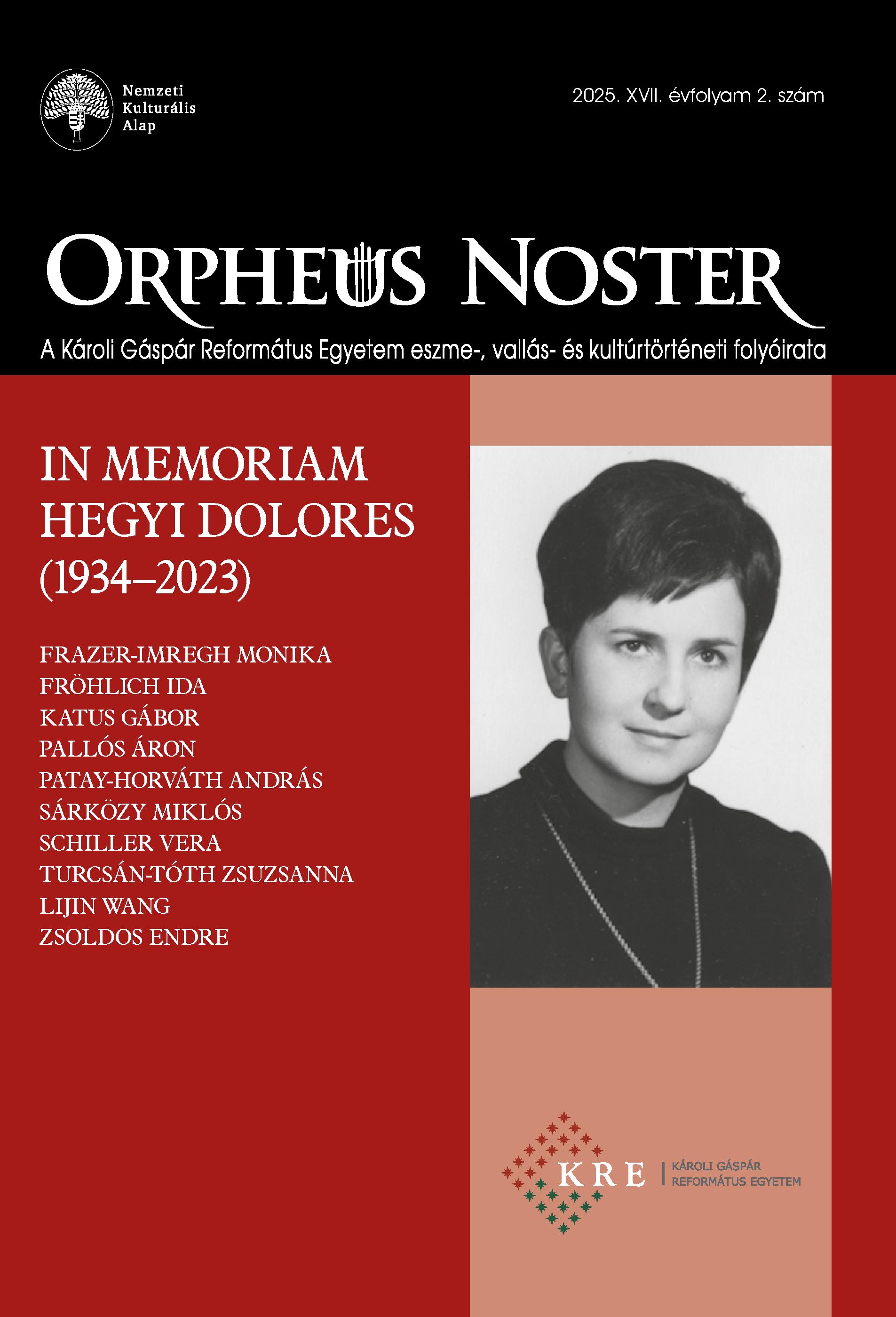The Duality of Travel and Spiritual Journey in the Classical Cult Circle
Abstract
In Greek mythology, it is not impossible for a living person to journey to otherworldly places while on a physical journey. The hero of the Odyssey recounts his journey to the realm of the dead. Another long sea voyage, that of the Argo, was originally also a spiritual journey to a sacred place – this journey leads to Colchis, to Aeëtes, who is the son of Helios, the Sun, by an immortal Oceanid, and whose daughter, Medea, who married Jason, leader of the Argonauts, is mentioned by Hesiod among the goddesses who wed mortals. Similarly extraordinary is the journey of Heracles to the western edge of the world for the golden apples of the Hesperides, where he arrives after a long wandering, using the golden cup in which Helios travels on his nocturnal voyages to reach his ultimate destination.
In contrast, according to Plato, Er of Pamphylia does not travel to spiritual landscapes in a real body but lies as if dead for twelve days after a battle, watching the souls’ punishment and reincarnation in the afterlife. Epic poems of later eras masterfully intertwine these elements; Virgil’s Aeneas enters the underworld through the cave at Cumae but departs through one of the gates of Dreams. Dante, guided through Hell and Purgatory by Virgil and through Paradise by Beatrice, appears to traverse real places while making the spiritual essence of these places evident. The study aims to analyse these stories and their motifs.


